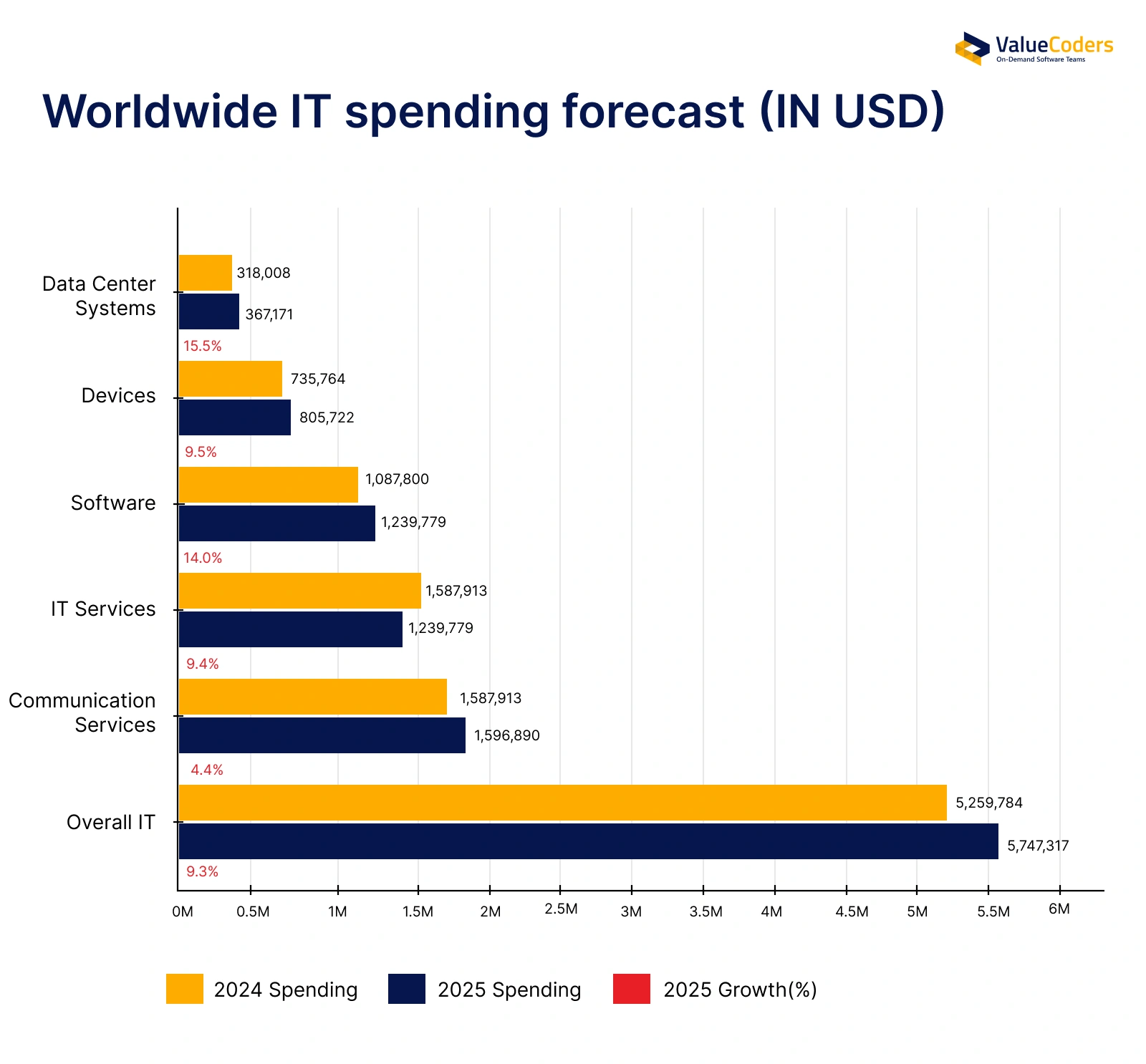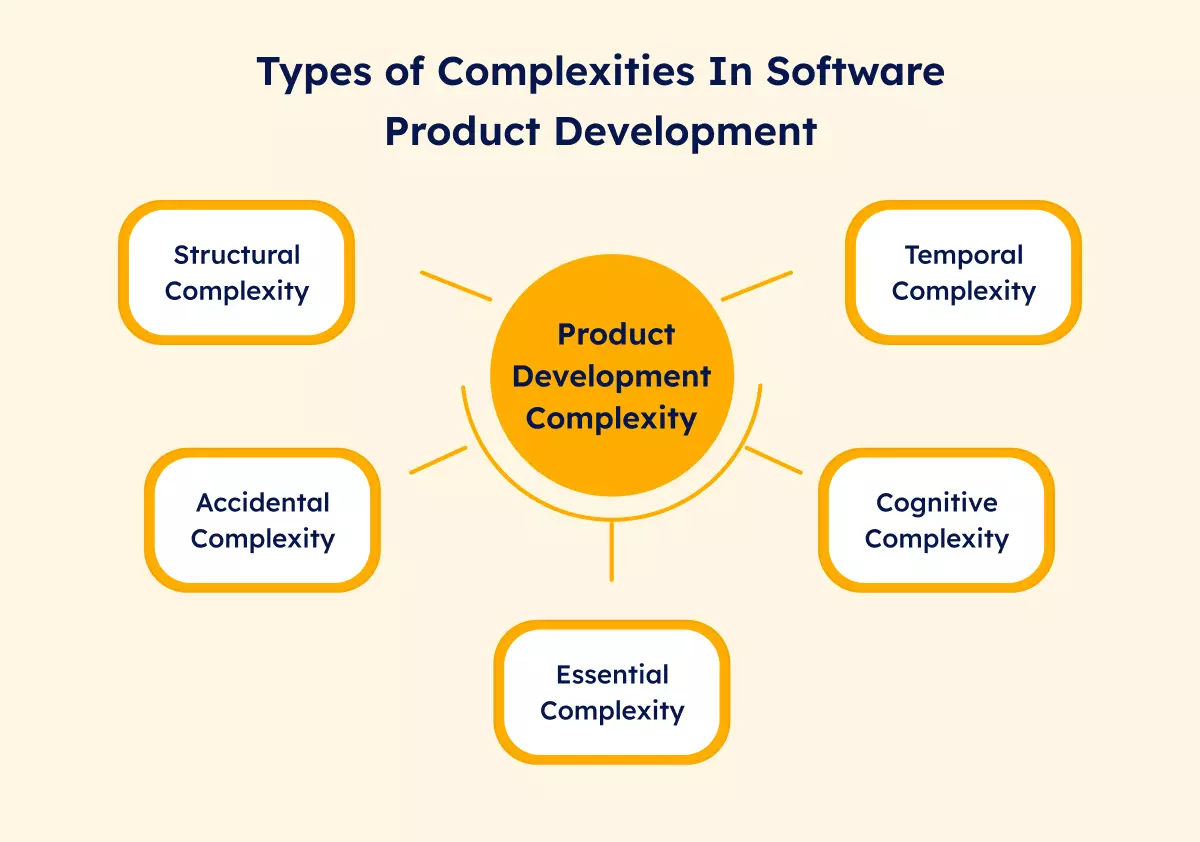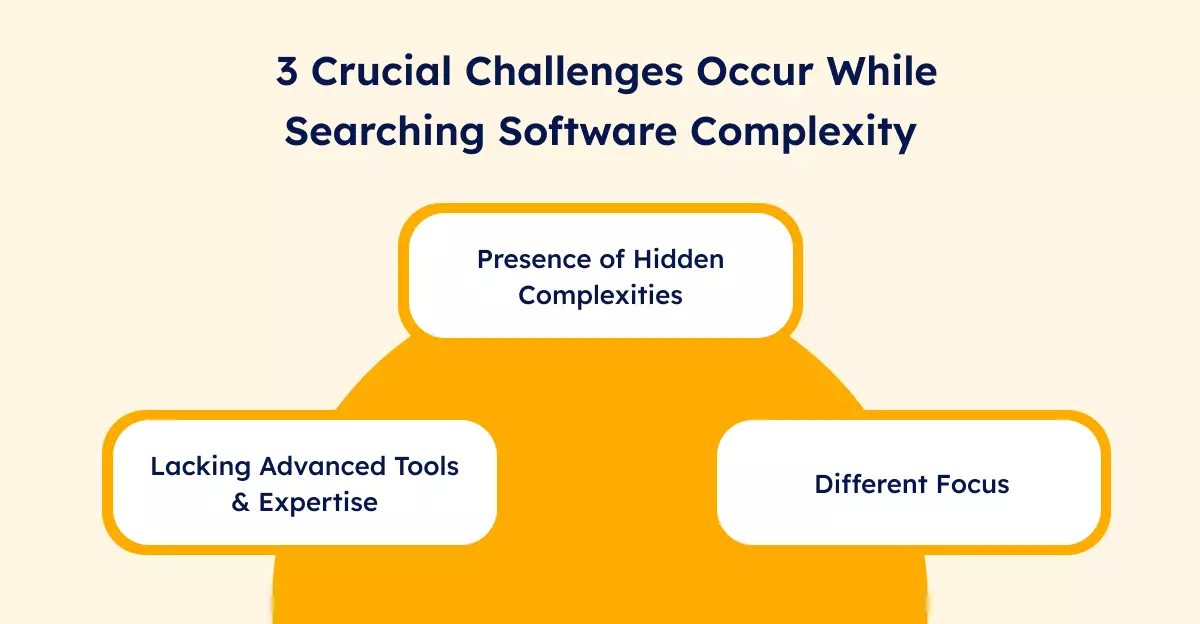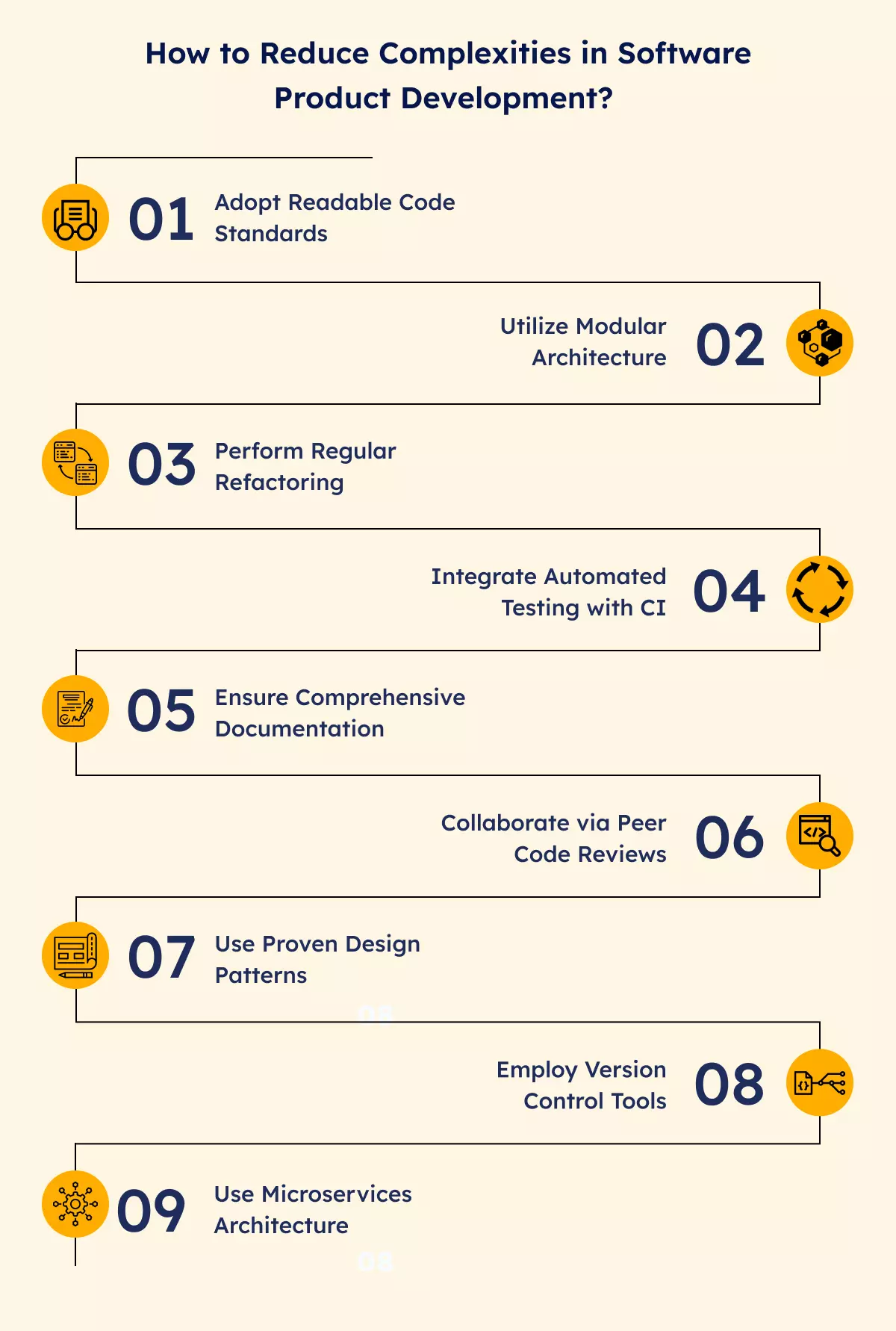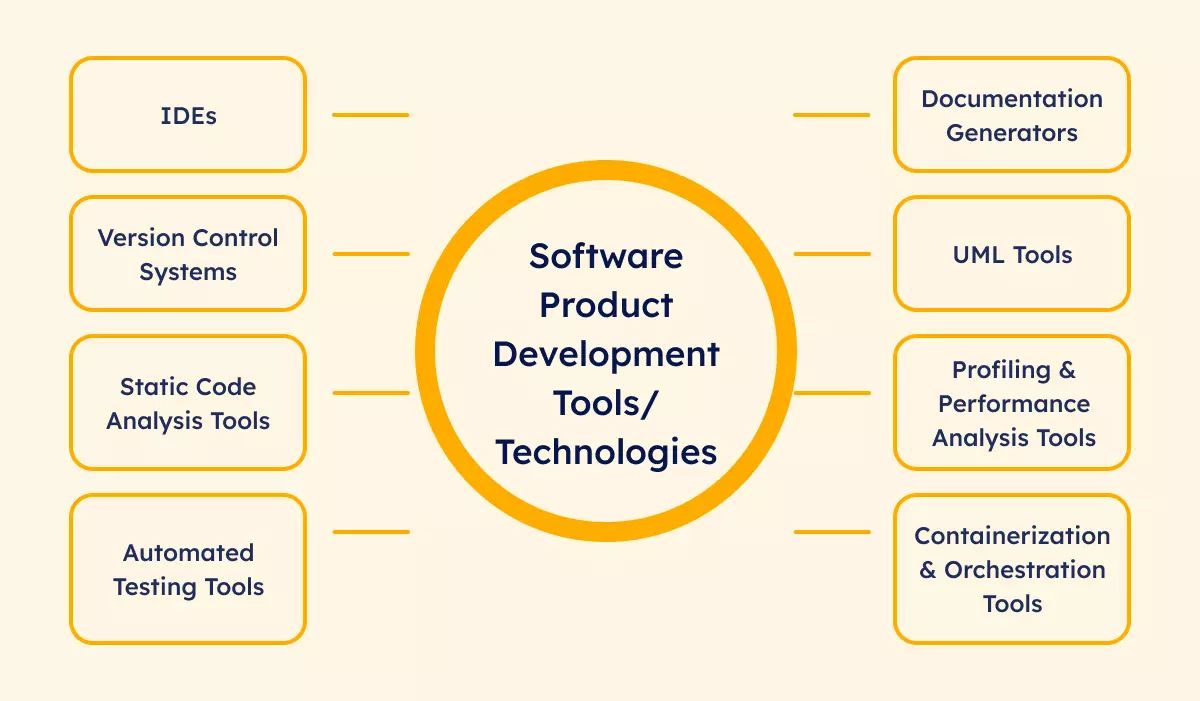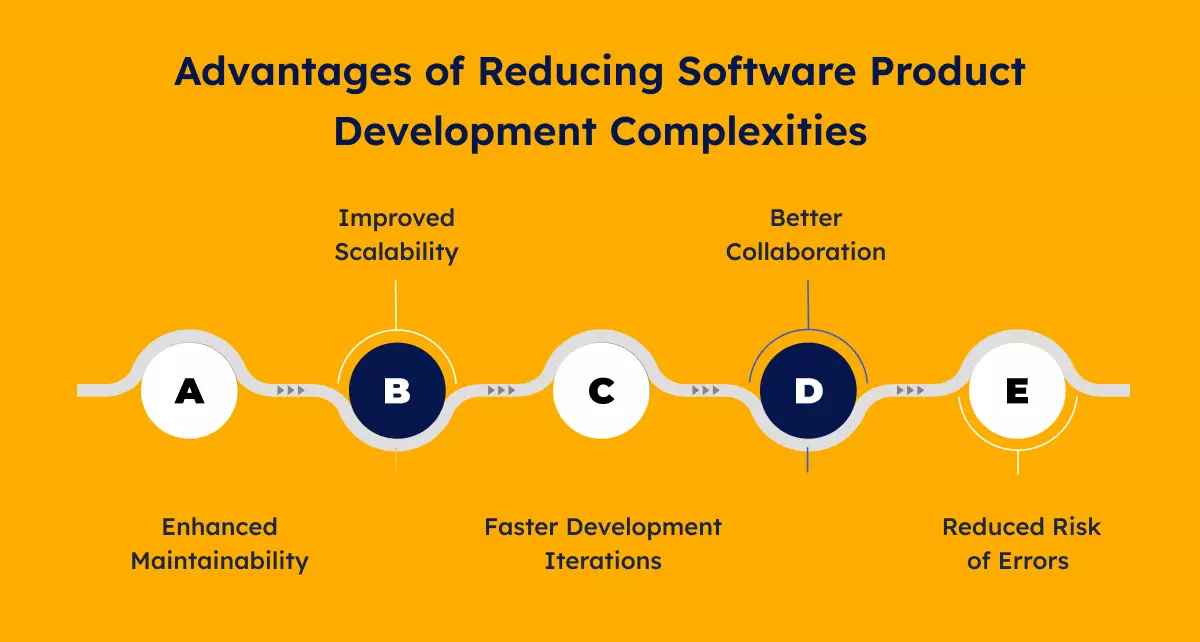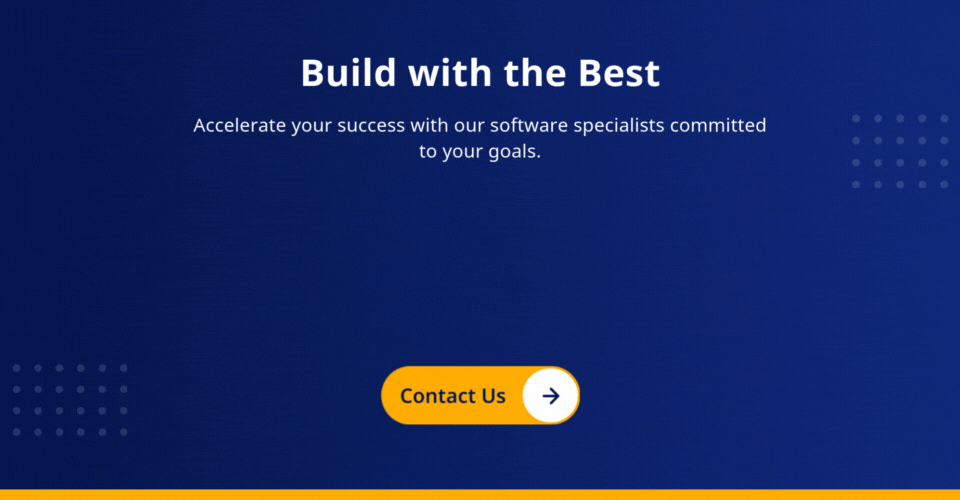The latest forecast by Gartner, Inc. shows that worldwide IT spending will reach a total of $5.74 trillion in 2025, an increase of 9.3% from 2024.
The above data indicates that there will be high demand for software products.
Also, a mid-level software product usually costs you approx. USD 70,000 to 1,00,000. If you encounter any software product development complexity, it can cost you more, putting you under financial stress.
Hence, reducing the complexities in software development is the need of the hour. But it can be difficult, even for the most seasoned teams.
You must identify challenges and apply the right strategies to simplify processes and speed up the software product development journey.
Let’s read further to find ways to reduce software product development complexity.
Understanding Software Product Development Complexities
The complexities in software product development often influence the complete development process, affect maintenance activities, and hamper software product quality.
However, software product development complexity depends on the following factors:
- Total number of components
- Algorithms used
- Their interactions
Let’s understand it with an example:
Tesla’s Autopilot system shows the complexity of modern software product development.
It integrates multiple advanced technologies into a single and cohesive software solution. The different types of complexities are listed below:
- Balancing cutting-edge technology with user-friendly design
- Various edge cases, like unusual road conditions, unpredictable driver behavior etc. add another layer of complexity.
- Each update must be thoroughly tested, even as the system scales to millions of vehicles.
- Navigating strict regulations and safety standards in multiple countries.
- Demands highly optimized code to minimize latency while maintaining safety and reliability.
- Issues of multidisciplinary integrations
We help you achieve quicker turnaround by resolving bottlenecks and simplifying development workflows.
Software Product Development Complexity Types
Creating software products is no small feat, and the complexity involved has a direct impact on timelines, quality, and team productivity.
Understanding these complexities is the first step to overcoming them. Here are five common types of complexities that arise in the development of software products.
1. Essential Complexity
Essential complexity is the intrinsic difficulty in solving the problem the product intends to solve. It arises from the nature of the problem, such as developing algorithms for Artificial Intelligence or handling extensive data processing.
It cannot be eliminated, but can be managed by:
- Breaking down the problem into smaller, more manageable components
- Using appropriate specialized expertise
- Outsource software development services
2. Cognitive Complexity
Cognitive complexity often appears in overengineered solutions. Overly complicated logic, nested structures, or non-intuitive designs overwhelm developers and slow progress. This burden can be reduced by:
- Simplification of code
- Meaningful naming conventions
- Clear documentation
3. Accidental Complexity
This complexity occurs due to tools, processes, or systems used during development. For example, poorly developed environments, poorly integrated tools, or poorly defined workflows can bring unwanted challenges. This complexity can be curbed by:
- Choosing the right tools
- Keeping clean codebases
- Streamlining software product processes
4. Temporal Complexity
Temporal complexity relates to time-related issues, such as meeting the project deadline, synchronizing efforts, or managing phased releases. Multiple timelines and dependencies often create bottlenecks unless handled correctly.
Agile methodologies help with task prioritization, and appropriate project management tools can alleviate this.
5. Structural Complexity
Structural complexity results from the software architecture and product UI/UX design. In some situations, the product becomes difficult to scale, maintain, or enhance due to complex system interactions, tightly coupled modules, or poorly designed architectures.
This complexity in product development can be reduced by:
- Modular architectures
- Design patterns
- Focus on scalability
We help simplify architecture and processes to ensure scalable and future-proof software.
Early Indicators of Product Development Complexities
If you know the early signs of complexities in software product development, there will be more chances of your project’s success and maintainability. This would further help software product teams to detect the issues before they become big challenges. Let’s look at the key indicators:
1. Hard-to-Read Code
When the codebase is too complex to read or understand, it’s a clear warning sign of complexity. Overly convoluted logic, inconsistent naming conventions, or lacking comments can confuse developers, leading to errors and delays.
This often discourages collaboration and increases onboarding time for new team members.
2. Difficulty in Adding New Features
If introducing new features requires significant effort or leads to unexpected issues in unrelated parts of the system, this suggests poor modularity or tightly coupled components. It complicates development and makes adapting to evolving user needs or market demands harder.
3. Increased Bug Rates
A noticeable uptick in bugs during testing or even after deployment is a good marker of complexity. This may often be due to the inadequacy of robust testing practice, unclear requirements, or even over-reliance on complex system dependencies.
Frequent bug fixes can slow down development and frustrate both teams and users.
4. Slower Development Pace
When tasks that could be completed in days take weeks, complexity is probably involved. Inefficiencies in workflows, mismanagement of timelines, and the inability to maintain existing systems can all contribute to this slowdown.
This hinders project momentum and puts release schedules at risk.
Also read: How To Reduce High Software Development Costs For Startups
Challenges Faced While Detecting Software Product Development Complexities
Managing the complexity of software product development is essential for long-term success. However, finding these complexities is not an easy job. The following listed challenges help product teams craft better software development strategies:
1. Lacking Advanced Tools & Expertise
Software product teams must have advanced/modern tools/technologies for complexity analysis. In this case, static code analyzers can be used, but they are not accessible by all organizations as they don’t know how to use them properly.
Sometimes, teams do not understand the software difficulty metrics. In this case, they need training, a mentorship program, or outsourcing their software project to handle software complexity better.
2. Presence of Hidden Complexities
In software product development for startups, not all complexities are easy to understand. There may be hidden complexities present that include:
- Tangled dependencies
- Unclear assumptions
- Poorly documented code
Hence, software product development teams must understand the product development structure and regularly conduct reviews.
3. Different Focus
Since developers are unique, they see software product development complexity differently. This ultimately leads to differences of subjectivity(what seems easy to one can be difficult for another to solve).
This challenge can be addressed by defining clear complexity metrics and criteria for evaluating complexity. However, robust tools can be used for overall assessment, which would further help everyone have one focus.
9 Steps to Overcome Product Development Complexities
Organizations use various approaches to address software product development complexities. This helps them streamline development processes, increase maintainability, and improve collaboration.
The following step-by-step guide will help manage software development challenges and achieve simplicity in software product development:
1. Adopt Readable Code Standards
A clean code is essential for a manageable codebase in software product development. You must use the following clean code practices:
- Write clear, concise, and readable code.
- Use meaningful naming conventions for functions, variables, and classes.
- Eliminate unnecessary nesting and redundant logic.
2. Utilize Modular Architecture
The following practices help address the complexity of software product development and accelerate delivery by optimizing resources.
- Divide your application into smaller, independent modules.
- Ensure each module has a clear purpose and interdependencies are reduced.
- More manageable modules make the code easier to test and maintain.
3. Perform Regular Refactoring
It helps maintain code quality and reduce the complexity of software product development. You must use the following steps:
- Continuously improve the structure and readability of existing code.
- Remove dead code, streamline logic, and optimize performance.
- Schedule regular reviews for technical debt challenges.
4. Integrate Automated Testing with CI
Robust automated testing with continuous integration pipelines helps reduce software product development complexity. You must use the following listed techniques:
- Automate testing to detect bugs quickly during the development process.
- Use CI tools to ensure new code is integrated smoothly into the system.
- Early detection of issues ensures a clean and stable codebase.
5. Ensure Comprehensive Documentation
Comprehensive documentation is required for architectural designs and software product development metrics. This is how you can do so:
- Ensure that your codebase has clear, up-to-date documentation.
- Include explanations for complex algorithms, APIs, and workflows.
- Good documentation leads to easy onboarding and collaboration between teams.
6. Collaborate via Peer Code Reviews
Regular code reviews lead to ownership and build a good community. You must use the following tactics:
- Regular peer reviews on work will detect errors and areas requiring improvement.
- Go for constructive feedback and share knowledge with the team.
- Maintains uniformity and respects the coding standards.
7. Use Proven Design Patterns
You must use the established design patterns to reduce the complexity of software product development.
- Use proven and known design patterns to solve recurring problems in development work.
- Design patterns such as MVC (Model-View-Controller), the observer, or the Singleton simplifies the code structure.
- Provide a robust framework for structuring and scaling your applications.
8. Employ Version Control Tools
These tools help track and manage the development code changes.
- Use tools like Git to track changes and manage versions of code.
- Lets you go back to previous states and collaborate seamlessly.
- Keeps a history of code modifications for reference purposes.
9. Use Microservices Architecture
You must adopt microservices that communicate via APIs. DevOps tools help simplify deployment and resource use.
- Slit large applications into more minor, manageable services.
- Each service runs independently, which reduces the complexity in total.
- Make the application scalable and allow you to make targeted updates or fixes.
We provide seamless collaboration across teams for faster, error-free software delivery.
Tools and Technologies to Ensure Simplification
Various tools and technologies are used for optimizing software development workflows. These tools help maintain and achieve simplicity and offer full support to improve code quality and make the final product robust enough to be managed.
- IDEs: Modern IDEs (Integrated Development Environments) provide features such as code completion, syntax highlighting, and more to help developers write cleaner and more efficient code.
- Version Control Systems: Tools like Git help manage code changes and track the evolution of the software.
- Static Code Analysis Tools: These tools analyze the code to identify potential errors and adhere to coding standards and other complexity metrics.
- Automated Testing Tools: Tools for unit testing, integration testing, and continuous integration allow developers to catch and fix errors early.
- Documentation Generators: Javadoc, Doxygen, and many other technologies automatically generate documentation based on the source code.
- UML Tools: UML (Unified Modeling Language) tools help graphically represent the system’s architecture.
- Profiling and Performance Analysis Tools: These tools help detect blockages in performance and areas of complex code regions.
- Containerization and Orchestration Tools: Tools such as Docker and Kubernetes help manage and deploy apps in controlled ways to avoid complexities.
Also read: Top 20+ Custom Software Development Companies in 2025
Top Benefits of Reducing Software Development Complexities
Reducing software product development is a strategic step that can significantly improve your project’s quality and efficiency. Here are the top benefits of simplifying the development process:
1. Enhanced Maintainability
This results in easier systems to update, debug, and extend. Code cleanliness and organization allow developers to quickly spot problems and implement fixes or add new functionality without introducing unintended side effects.
The ability to maintain software effectively allows your code to evolve as business needs change, all with minimal overhead.
2. Improved Scalability
A streamlined architecture is the basis of scalability. When systems are modular and decoupled, handling increased user loads or integrating new functionalities is easier.
Simplified structures allow your product to grow seamlessly as demand rises, ensuring long-term viability.
3. Faster Development Iterations
Reducing complexity helps teams to move faster through development cycles. Clearer workflows, simpler codebases, and efficient testing processes make it possible to implement features and bug fixes faster.
Speed-to-market can be the difference between making it or missing it in competitive markets.
4. Better Collaboration
Complexity often leads to communication breakdowns among team members. By simplifying processes, documentation, and workflows, teams can collaborate more effectively.
Developers, testers, and stakeholders can better understand the system, reducing misunderstandings and fostering a more productive environment among startup consulting companies.
5. Reduced Risk of Errors
Complex systems tend to propagate flaws, either through misunderstandings, dependencies, or oversights. Simplifying development reduces these risks, and more reliable software is produced.
Fewer flaws mean smoother deployments, fewer complaints, and lower costs for fixing problems after release.
We help you identify and mitigate complexities early for predictable and successful outcomes.
Wrapping Up
So, we have seen that managing software product development complexity is a complex yet important task in the software development world. It helps boost efficiency and cut down development costs.
Using the above strategies and knowing all types of software complexities can improve maintainability and streamline processes.
If you are ready to optimize your software product development efforts, consider partnering with ValueCoders, a leading software product development services company based in India since 2004.
Our high-tech expertise in custom software products will guide you through the complex journey and help your business succeed. Contact us today!

